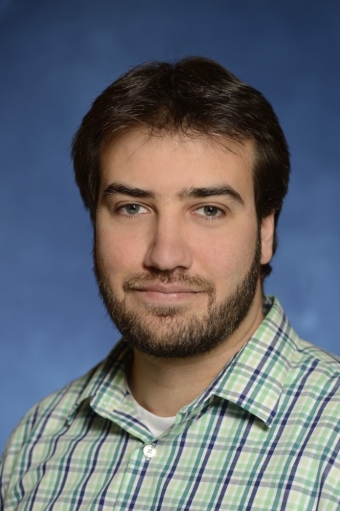
Date:
Location:
Title:
abstract
A fundamental understanding of deformation mechanisms during cyclic loading is essential to predict the usable life of engineering components in aerospace applications. While conventional bulk scale fatigue tests provide a way to quantify the fatigue life of materials, specific microstructural features that result in failure are difficult to ascertain. One of the common dislocation microstructures forming during cyclic loading of face centered cubic metals are persistent slip bands (PSBs). Over the years, many experimental, theoretical, and computational studies have led to significant understanding of plasticity in PSBs, however, many open questions remain in the prediction of the formation and evolution of these complex dislocation structure. In this work, we will present one of a kind large scale three-dimensional (3D) discrete dislocation dynamics (DDD) simulations coupled with a novel in situ, high frequency fatigue testing methodology to investigate PSB formation and evolution in single crystal Ni microcrystal.
In these simulations partially developed PSB structures are simulated under fully reversible loading conditions. The maximum stress of the hysteresis loops and the local dislocation density in the channels/walls are shown to increase with increasing loading cycle. The dislocation interactions in the channels and the 3D contours of the local shear stress within the channels as a function of distance from the PSB walls are characterized to reevaluate the composite model proposed by H. Mughrabi and the bowing and passing model by L.M. Brown. In addition, the spatio-temporal point defect (vacancies and interstitials) generation and evolution is quantified as a function of the dislocation density in the PSB channels and walls. The results are discussed in view of a point defect diffusion model to study their migration rates to the surface. Finally, preliminary results from the in situ experiments will also be discussed.
bio
Jaafar El-Awady received his B.S. in 2001 and M.S. in 2003, with a major in Aeronautic and Astronautic Engineering from Cairo University, Egypt, and his Ph.D. in Aerospace Engineering from the University of California, Los Angles (UCLA) in 2008. Following his graduate work, he joined the Materials and Manufacturing Directorate at the Wright Patterson Air Force Research Laboratory in Dayton, Ohio, as a visiting scientist. In 2010 he joined the Department of Mechanical Engineering at The Johns Hopkins University as a faculty member in 2010, and was promoted to an Associate Professor in 2017. El-Awady’s research group focuses on developing multiscale simulation techniques, and microscale experiments to predict the underlying deformation, damage, and failure mechanisms in materials. El-Awady is the recipient of multiple awards including: the DARPA Young Investigator award in 2012, the ASME Orr Early Career Award in 2014, and the National Science Foundation CAREER Award in 2015.
Hosted by Tresa Pollock. Download event flyer.



